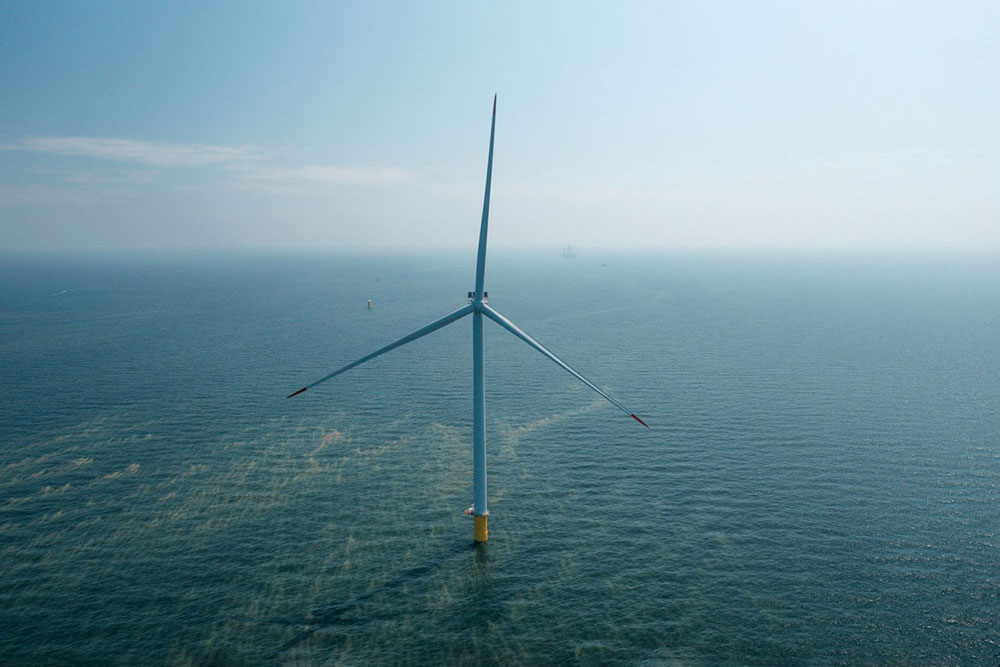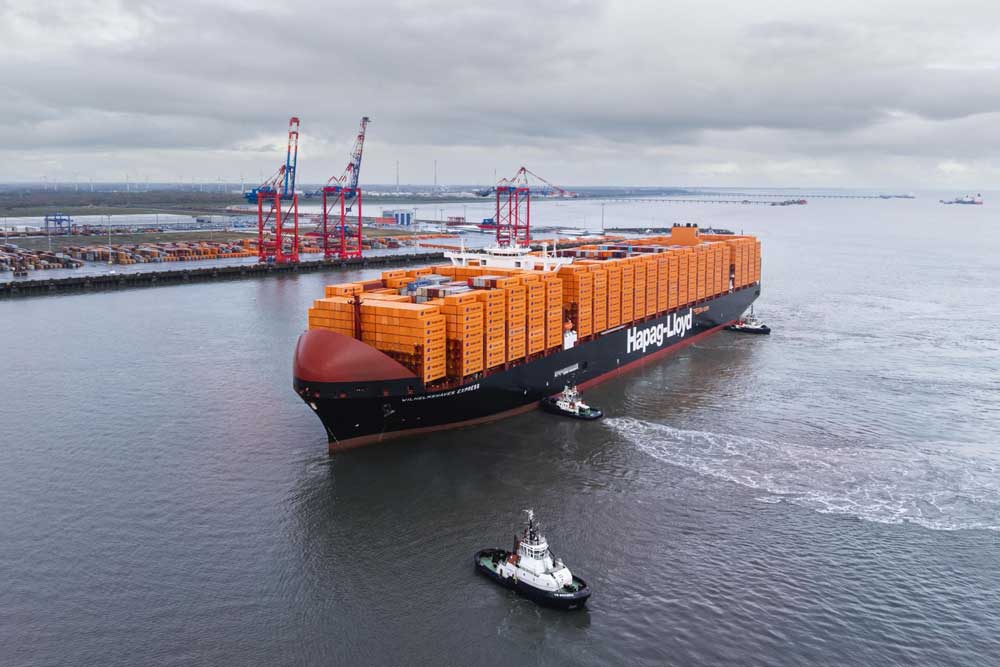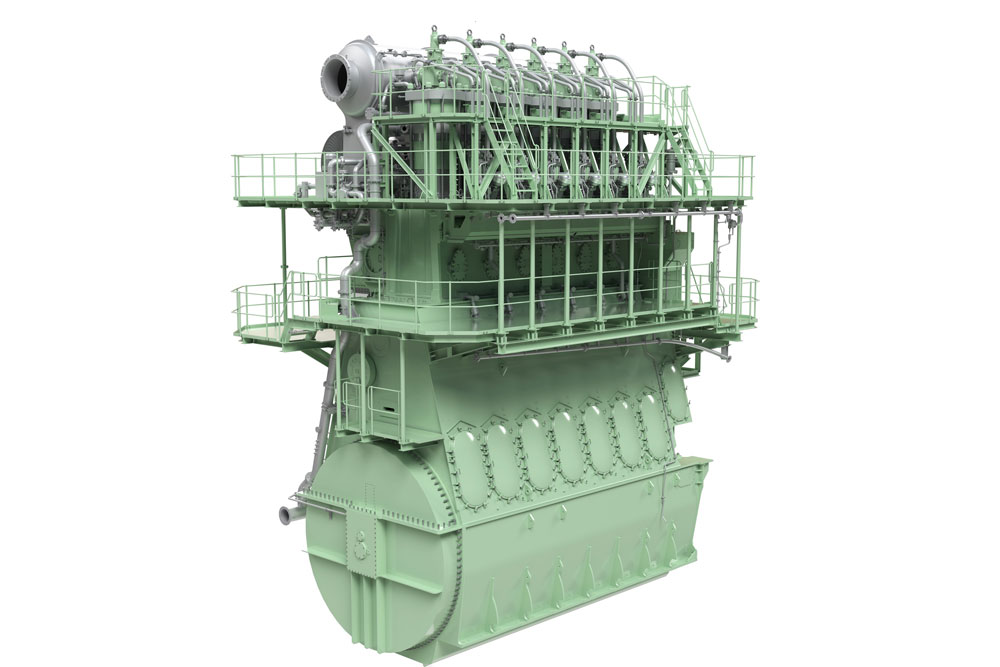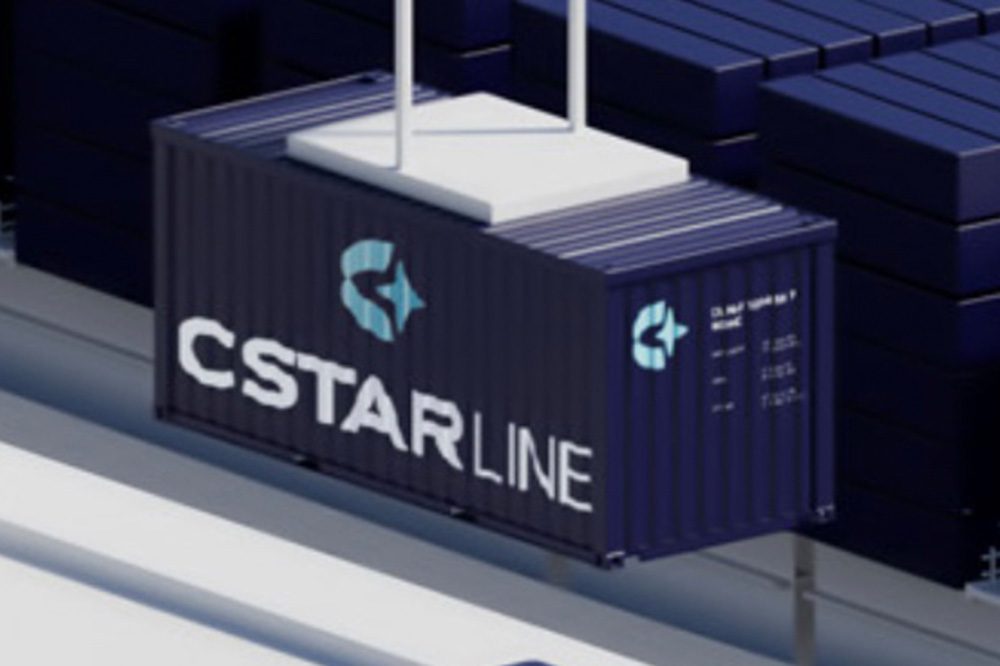Capesize freighters recorded significant rate increases on the spot market in the first few days of the new year, while smaller bulkers lost ground.
The dry freight market has made a surprisingly good start to the new year. The Baltic Dry Index closed the week at 2,110 points, 16 points above the closing level for 2023 on December 22. The capesize segment alone is providing a boost thanks to continued high charter demand in the Atlantic. [ds_preview]
The average rate for the 180,000-tonne time charter trip business has climbed to just under USD 31,500/day to date. This represents an improvement of +12% compared to December 22.
Iron ore and bauxite flood the spot market
The relatively high cargo volumes of iron ore ex Brazil and bauxite ex West Africa are still driving the positive trend, brokers report. In contrast, the influx of ships in ballast from Asia and the availability of tonnage in the North Atlantic is very low, they say.
It is expected that the shortage of shipping space for business in the South Atlantic will only be gradually overcome over the course of the month. At the end of the week, rate levels in the Atlantic were around USD 45,000/day for round trips with delivery to the continent and USD 54,700/day for outbound trips from Europe to the Far East – and the trend is rising.
In the Pacific, however, the market level declined compared to the end of December. Although ore traders were very active on the route from Western Australia to China, there was a lack of coal cargoes for the large ships in Eastern Australia and Indonesia to support the market, brokers reported.
Subdued business on the spot market for smaller bulkers
In contrast, business in the medium and smaller bulker classes was subdued at the start of the year. With demand still sluggish in most regions of the Atlantic, charter rates fell by several thousand dollars in some cases.
Compared to before Christmas, Panamaxes fell by -13% to just under 15,000 $/day. Tonnage availability in the North Atlantic has increased for the first time in weeks, notes London broker Braemar, but at the same time warns: “The overhang is very small, however, so that an influx of new cargo could change the situation immediately.”
Supramaxes also recorded a decline of -13% to 13,337 $/day on the time charter average. Rates on the coal routes ex Indonesia, on the other hand, are remarkably stable – albeit at a lower level – where there are apparently the most inquiries at the beginning of the year.
The correction in the Handysize segment is even sharper – with a drop of almost 22% to $12,518/day in the trip business. The index rates on the continent, in the US Gulf and on the east coast of South America each fell by around a third, while the situation in the Pacific remained stable.
Shipowners keep short sea rates stable
On the European short-sea market for bulk and breakbulk, shipowners were able to prevent significant rate losses despite a lull in cargo and increasing spot availability. The Norwegian broker Norbroker left its estimate for the average spot income of ships with a deadweight tonnage of 3,500 dwt unchanged at € 3,800/day.
In the crude oil tanker charter market, developments in the individual size classes varied. While VLCCs fell from over 46,000 $/day to an average of just over 43,000 $/day since Christmas, Suezmaxes increased significantly to almost 64,000 $/day.
The yield level for Aframaxe also increased slightly to almost 54,000 $/day. Increased export volumes in the USA were apparently the main reason for the gains for the smaller tanker types. Due to a short-term drop in domestic demand, oil producers there have reportedly brought more volume to the world market. (mph)















